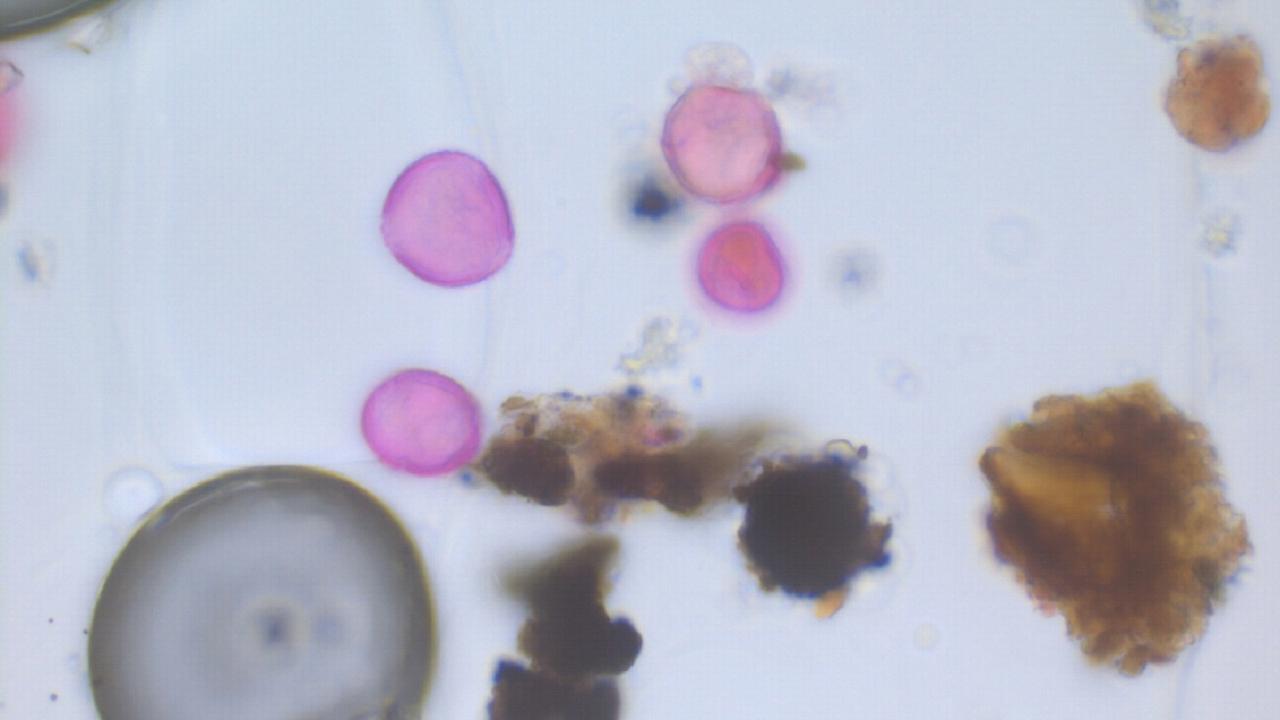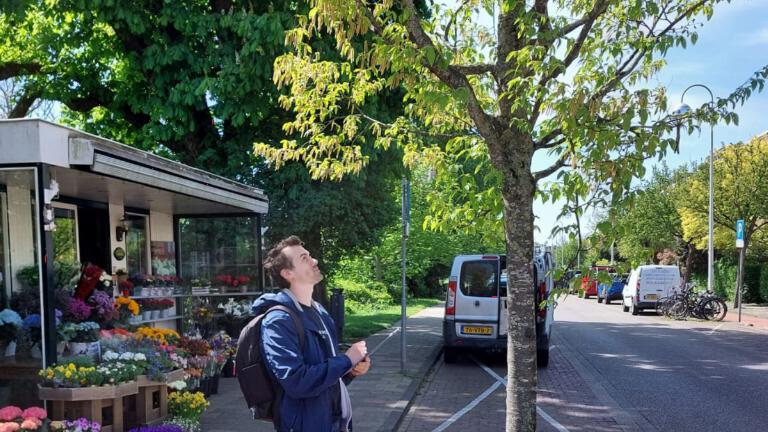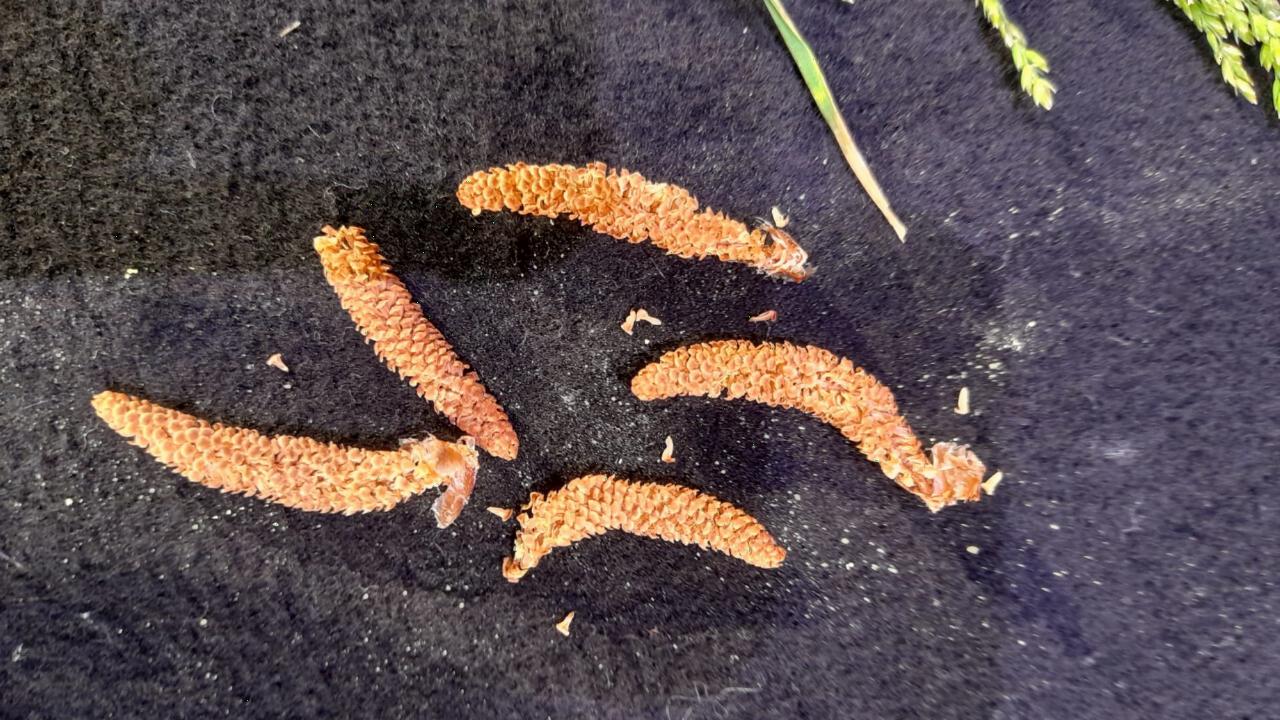
I am a bioinformatician and interested in the influence of urban green infrastructure design on our health. I investigate this by mapping plant species and analyzing local pollen and fine particulate matter concentrations. I compare the measured concentrations and the presence of allergenic plants with health complaints of local residents. I identify and quantify hay fever pollen using light microscopy and DNA metabarcoding.
Keywords
hay fever pollen, fine particulate matter, urban heat islands, microscopy, DNA metabarcoding
Researchinterest
Hay fever complaints are more severe in cities than in rural areas. Pollen and particulate matter have interesting interactions with each other which increase symptoms of hay fever and asthma.
Many allergenic plants that cause hay fever are still being planted in cities. Although trees can filter particulate matter from the air, they can also block wind when planted too densely, causing particulate matter to remain in the air for longer. As a result, people may experience more asthma complaints. Pollen can attract particulate matter, which leads to extra severe allergic reactions when inhaled. I would like to find out whether the presence of pollen also causes the retention of particulate matter in the air. By further investigating this interaction in practice, I hope to find new solutions that can reduce symptoms of hay fever and asthma.


Currenttopics
The Netherlands is the most urbanized country in the European Union. The paved streets and squares retain a lot of heat, the so-called Urban Heat Island Effect. The resulting heat stress can be combated by planting trees and other plants that provide cooling through shade. However, many public spaces are decorated with plants that cause hay fever with allergenic pollen, including grass and tree species such as birch, alder and hazel. About 20% of the population suffers from hay fever, and for them the usual way of greening is bad news.
Within the BENIGN project, together with Radboud University, Radboud UMC, LUMC, WUR, and Deltares, we are looking for a smarter green design of public spaces. In addition to the cooling properties of plants, we also take the allergenicity and the retention of particulate matter into account. We measure the health effects of different designs by means of a citizen science study.
You can easily participate in this study by completing a short questionnaire via this link.
Keypublications
- Pramanik D., Dorst N., Meesters N., Spaans M., Smets E., Welten M., Gravendeel B. 2020. Evolution and development of three highly specialized floral structures of bee-pollinated Phalaenopsis species. EvoDevo 11, 16.
- Heiduk A., Pramanik D., Spaans M., Gast L., Dorst N., van Heuven B.J., Gravendeel B. Pitfall Flower Development and Organ Identity of Ceropegia sandersonii (Apocynaceae-Asclepiadoideae). Plants. 2020; 9(12):1767.
- Dirks-Mulder A., Ahmed I., Bemer M., uit het Broek M., Dorst N., Snier J., van Winzum A., van ’t Wout M., Pieterman S., Wittink F., Zeegers J., van Heuven B.J., Kruizinga J., Smets E.F., Bogarin D. & Gravendeel B. 2020. "Transcriptome and ancestral character state analysis of orchid fruits." Evolution and development of orchid flowers and fruits (2020): 91.
In themedia
Omroep West - Waarom was er een spontane piek in hooikoortsklachten in mei?
https://www.omroepwest.nl/tv/aflevering/tv-west-nieuws/170437826
Nature Today - Weg met gesnotter en hitte-overlast?
https://www.naturetoday.com/intl/nl/nature-reports/message/?msg=30757
